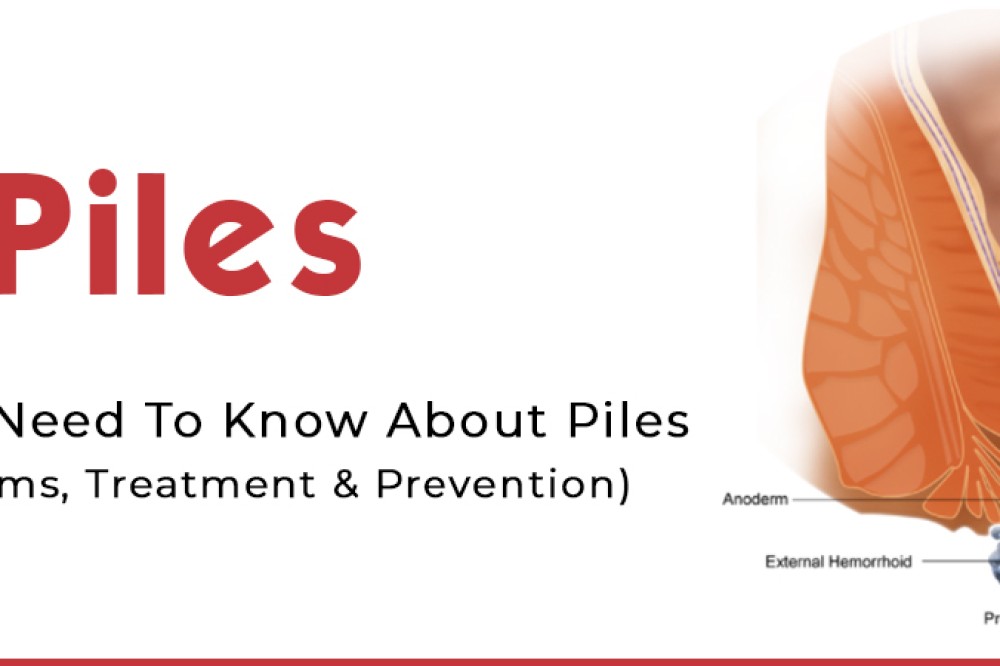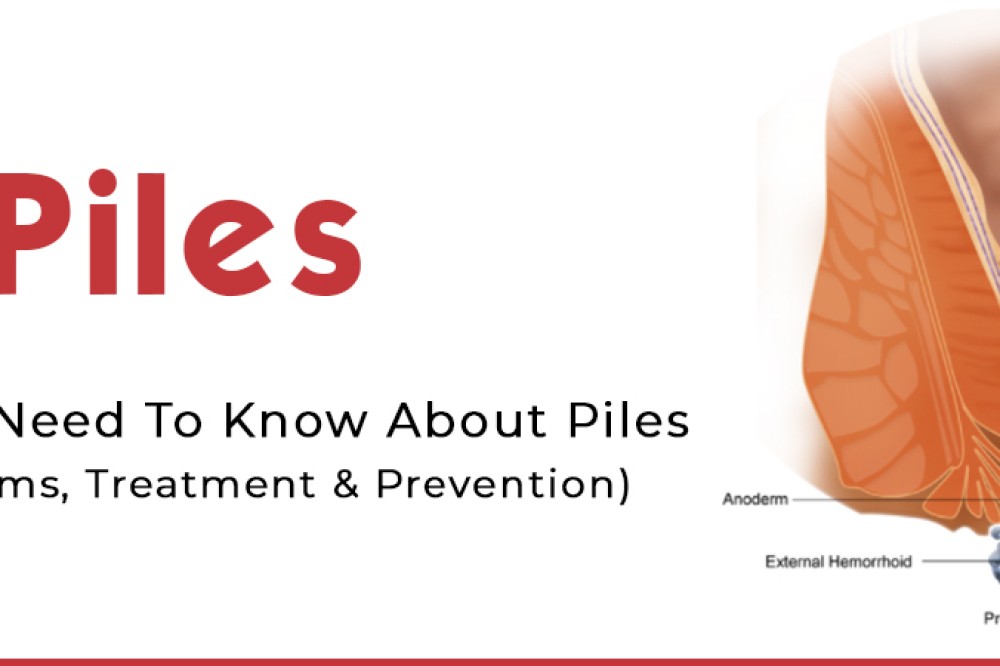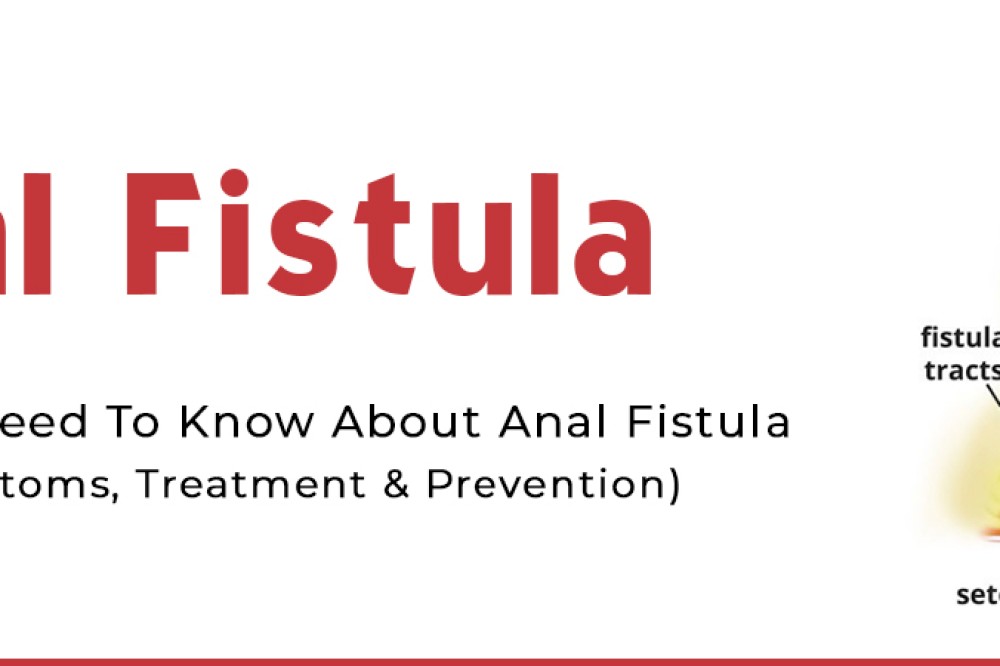
Anal Fistula : Know Its Causes, Symptoms, Treatment And Prevention
Anal Fistula occurs as an aftermath of anal abscess which is a painful pus-filled cavity which is a result of bacterial infection in the surrounding areas of the anus. Majority of anal abscesses are the consequences of infection in the anus’s internal glands. The development of anal fistula can be seen in about 30-40% of patients having an anal abscess. Moreover, 80% of anal fistulas are the result of an anal infection.
What is Anal Fistula?
An anal fistula can be designated as an abnormal opening between the external skin of the buttocks and the anal canal. An anal fistula is developed due to the bursting of an anal abscess before it gets treated or if it is not completely healed.
Depending on the location, an anal fistula can be classified into the following types or categories which are as follows:
- An Intersphincteric Fistula
It is an abnormal tract that commences between the external and internal sphincter muscles and end in the anus region. - Transphincteric Fistula or Horseshow Fistula
This is an abnormal inflamed tract crossing the external sphincter and opens outside the anal area. - A Suprasphincteric Fistula
This abnormal tract starts between external and internal muscle space. It opens outside the anus and crosses the puborectal muscle. - An Extrasphincteric Fistula
It is an abnormal tract beginning at the rectum and opening around the anus after crossing the muscle. This usually happens due to Crohn’s disease or appendiceal abscess.
Causes of Anal Fistula
One of the primary causes of anal fistula is the development of an anal abscess which is not healed completely even after the pus drains. However, some other causes include:
- Crohn’s Disease
This condition leads to the inflammation of the intestines as serves as a significant cause of anal fistula. - Diverticulitis
Another cause of anal fistula is an inflammatory or infectious condition resulting in the occurrence of tiny pouches on colon sides, Diverticulitis. - Hindradenitis Suppurativa
This is an inflammatory skin condition causing scarring and abscesses. It results in the development of an anal abscess.
What are its Symptoms?
The common symptoms of anal fistula as listed below which are:
- Skin irritation around the anus area
- Skin redness around the anus
- Pain in the anal region which might worsen during walking, sitting or coughing
- Fatigue
- Fever with chills
- Foul smell
- Pain during bowel movement
- Bleeding from rectum
What are the risk factors of Anal Fistula?
If the development of anal abscess takes place, the risk of anal fistula development enhances. Certain risk factors for developing anal fistula involve the following:
- Diabetes
- Radiation therapy (for rectal cancer)
- Smoking
- Dermatosis
- Excessive spicy food intake
- Tuberculosis
- Hyperlipidemia
- Sedentary lifestyle
- HIV Aids
- Alcohol consumption
- Sexually transmitted diseases (Syphilis and Chlamydia)
Anal Fistula Diagnosis
A diagnosis is initiated by the doctors after going through the medical history and the symptoms of the patient.
1. Physical Examination
The doctors perform a physical examination to locate the opening of fistula, tenderness and the drain of pus around the anal area. For determining the bloody discharge and tenderness, the doctor resorts to gently pressing around the fistula.
Where finding the external opening of anal fistula can be simple, finding the opening of an internal fistula can be a daunting task. Therefore, a rectal examination is usually recommended for locating the internal opening.
2. Rectal Examination
Rectal examination is carried out by a doctor to inserting a finger into the anus covered with a glove and lubricated gel for determining the following:
- Area of infection
- Sphincter muscles functioning
- Fistula extension
3. Other diagnostic tests
Other tests performed for diagnosis to determine the appropriate treatment are as follows:
- Proctoscopy
It involves the use of a specialized telescope fitted with fistula probe used to see inside the rectum. The method of Proctoscopy is usually performed under general anaesthesia. - Anal Endosonography or Anal Ultrasound
Anal Endosonography or Anal Ultrasound procedure uses high-frequency sound waves used for capturing the images which are beneath the anal canal surface. It is a safe procedure as compared to the other procedures and tests performed. - MRI or Magnetic Resonance Imaging Scan
The method of Magnetic resonance Imaging Scan utilizes powerful magnetic and radio waves that are used for creating detailed images of the organ. This method is generally utilised in case of reoccurring or complex fistulae. - CT or Computerized Tomography Scan
A series of X-Ray and computer is combined in CT or Computerized Tomography Scan method for creating in-depth cross-sectional body images. This method also helps in effectively determining the degree of inflammation.
Treatment of Anal Fistula
Anal fistula's treatment is based on the strength and complexity of the sphincter muscles. However, no medications are available to treat the conditions, therefore, surgical procedures are required to be performed which are:
- Fistulotomy
It is an effective and most common surgical procedure done to drain and open anal fistula - Seton Techniques
This technique is performed by inserting surgical thread is inside the tract of fistula allowing it to drain and heal completely. - Advancement Flap Procedure
In case the fistula passes through the sphincter muscles of the anal, this procedure is performed which involves covering the hole of fistula allowing it to heal. - Fibrin Glue of Collagen Plug
This involves a non-surgical procedure in which the surgeon injects special glue while under the influence of general anaesthesia. This leads to sealing the fistula while increasing the healing process.
What are the post-surgical complications?
- 1. Infection
One of the most common complication post any surgery, an infection may have severe consequences and may affect different body parts. In certain cases, the patient may require proper treatment with hospitalization.
2. Bowel IncontinenceFaecal or bowel incontinence is caused due to the damage to the anal sphincter muscles. It results in faecal leakage from the rectum. The likelihood of the complication depends on the position of fistula and surgery type performed.
3. Recurrence of Anal FistulaEven after surgery, there are chances of recurrence of anal fistula. However, this recurrence primarily depends on the complexity and type of surgery performed.
Preventing Anal Fistula
Certain steps can be taken to prevent anal fistula. Few of the steps which can help an individual in preventing anal fistula are listed below as follows Intake of plenty of fluids:
- Consuming a fibre-rich diet
- Maintain dryness in the anal region
- Avoid straining while stool passing
- Regular exercises






